Virtual Reality Highs: The Interplay Between Cannabis Use and VR Experiences
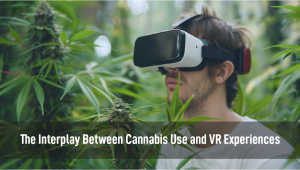
- 1. The rise of virtual reality
- 2. Cannabis consumption: trends and effects
- 3. Cannabis and perception in virtual reality
- 4. Enhancing vr enjoyment with cannabis
- 5. Therapeutic potential: cannabis-assisted virtual reality
- 6. Considerations and concerns
- 7. Conclusion
In the last couple of years, the rise of virtual reality and the normalization of cannabis consumption has got researchers imagining their potential synergistic effects on perception and experience, and how they could be used to our benefit. In this article, we delve into the intricate relationship between weed and VR, and how we could potentially explore potential therapeutic applications in various medical contexts.
The Rise of Virtual Reality
VR has evolved significantly from its original concept to what we see and utilize nowadays. Initially idealized for very specific niche applications, VR has now spread across all major areas such as entertainment, gaming, education, and healthcare, among others.
The immersive capabilities, along with the big leaps in technology, more specifically in hardware and software, have greatly transformed how we, users, interact with digital environments, blurring the lines between the digital world and the real world.
Cannabis Consumption: Trends and Effects
As of right now, cannabis laws have undergone significant changes, driven, mainly, by growing awareness of its potential therapeutic benefits. With both recreational and medicinal consumers, cannabis has become more and more normalized, mainly due to the primary psychoactive compounds, notably tetrahydrocannabinol (THC) and cannabidiol (CBD), and how they affect the human mind and body.

The effects of these and other compounds found in cannabis can cause alterations in sensory perception, cognitive enhancement, mood modulation, and relaxation among other known effects. However, due to the legal status of cannabis around the globe, the experiences felt when consuming cannabis can, and will vary widely, depending on several factors such as route of administration, tolerance levels, environmental context, strain composition, and dosage among others.
Cannabis and Perception in Virtual Reality
The commonalities between cannabis and virtual reality, in terms of perception, is a very interesting area for exploration. Researchers claim that cannabinoids, more particularly, THC and CBD, can interact with neural pathways involved in emotional regulation and sensory processing, which could potentially alter or augment the perception of virtual environments.
While there’s not enough research yet, anecdotal reports and early studies suggest that consuming cannabis before virtual reality immersion can enhance VR experiences such as enhancements in presence, immersion, spatial perception, and emotional engagement. These effects can potentially manifest as heightened sensory acuity, intensified emotional responses, enhanced creativity, and a heightened sense of immersion within the VR world.
More modern virtual reality technology has shown great effectiveness in assessing cue response among individuals with alcohol, nicotine, and cocaine use disorders.
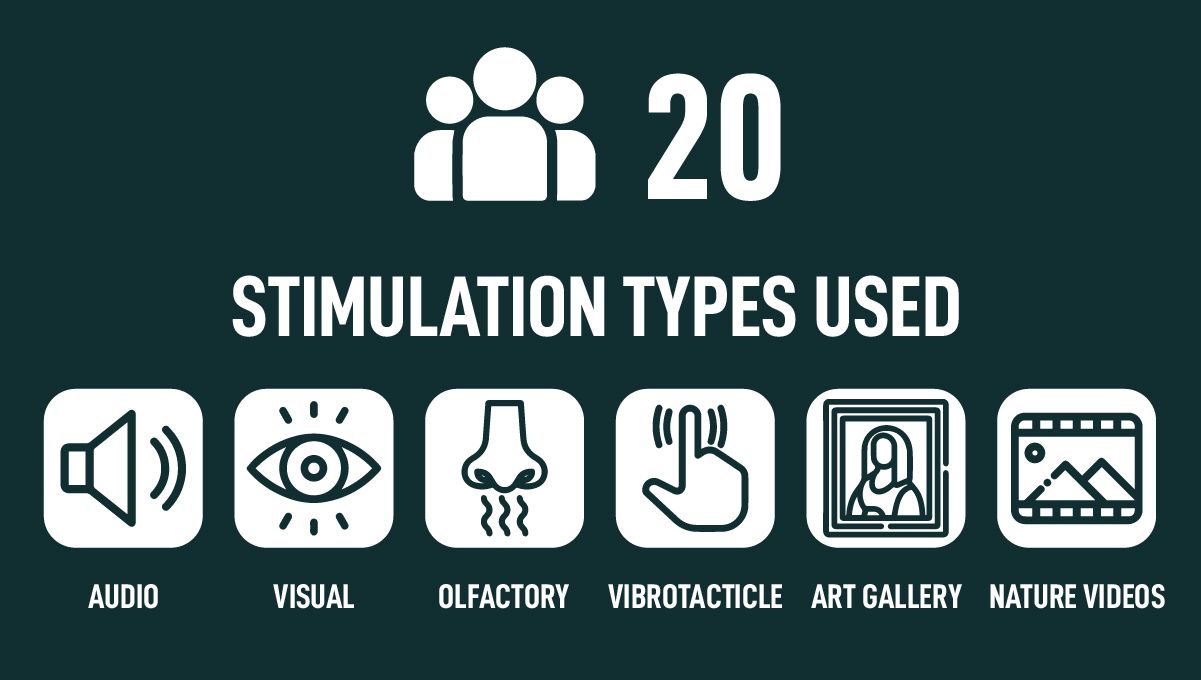
The goal of this study was to evaluate, and ultimately develop a cue response assessment system, starting from the hypothesis that individuals would experience higher levels of subjective cravings, and demonstrate more attention towards VR environments containing cannabis compared to neutral VR environments.
Twenty cannabis-smoking individuals participated in the VR trial, where they were exposed to different virtual environments with audio, visual, olfactory, and vibrotactile stimuli, where two of these virtual reality environments depicted scenarios with individuals consuming cannabis, or scenarios including cannabis paraphernalia. The other two virtual reality environments were the neutral settings, one a digital art gallery and the remaining one showing nature videos.
The results showed increased levels of cravings and heightened attention towards the VR cannabis environment compared to the neutral VR environments- These suggest that employing VR technology with cannabis could help with addiction research and treatment strategies.
However, the current state of cannabis laws and current VR technology make it difficult to understand the precise mechanisms behind these phenomena, requiring further investigation to clarify the interplay between cannabinoids and VR experiences.
Enhancing VR Enjoyment with Cannabis
A high percentage of those who consume cannabis daily have reported enhanced experiences when mixing cannabis consumption and virtual reality technology- for many users, combining cannabis and VR led to a unique fusion of sensory stimulation and cognitive exploration, leading to improved enjoyment and novel perceptual insights.
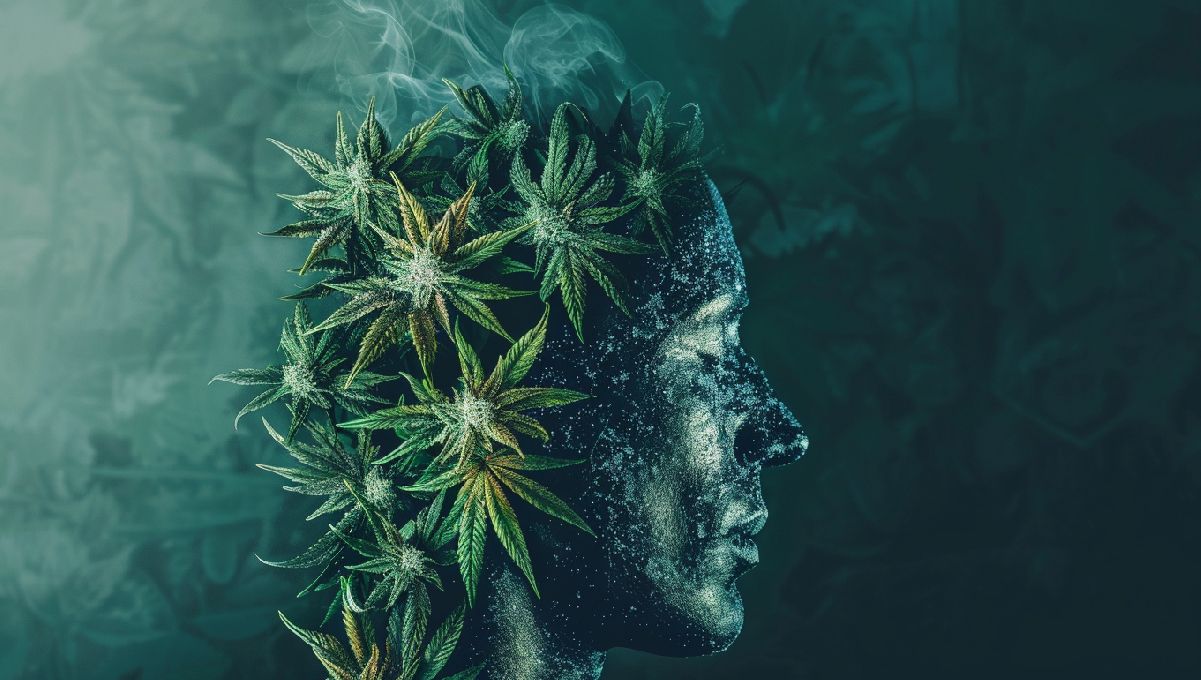
On top of that, specific VR applications and/or games characterized by immersive narratives, visually stunning constructions or landscapes, and interactive gameplay mechanics are particularly well-suited to complement the psychoactive effects of cannabis, meaning that the possibilities for scientific purposes are vast and diverse.
Therapeutic Potential: Cannabis-Assisted Virtual Reality
Beyond recreational purposes, the combination of cannabis and virtual reality could also become a very special therapeutic tool in various medical contexts as clinical research aims to benefit from the synergistic effects to help alleviate symptoms associated with a wide range of medical conditions. CUD (cannabis use disorder) represents various challenges, particularly when combined with psychotic or mood disorder, as individuals suffering from these conditions appear particularly susceptible to the effects, showing a heightened incidence rate.
Despite efforts, traditional psychotherapies have shown modest short-term efficacy, oftentimes lacking sustainability over time. The emergence of VR tools and environments holds promise in treatment effectiveness, however, its application in treating cannabis use disorders remains unexplored due to the legal status of cannabis. A new approach used for substance use disorder utilizes VR to create avatars representing significant individuals related to the patient’s substance use, facilitating therapist-patience interactions- Through immersive VR sessions, patients can develop skills in self-affirmation, emotion regulation, stress management, coping strategies, and motivation enhancement.
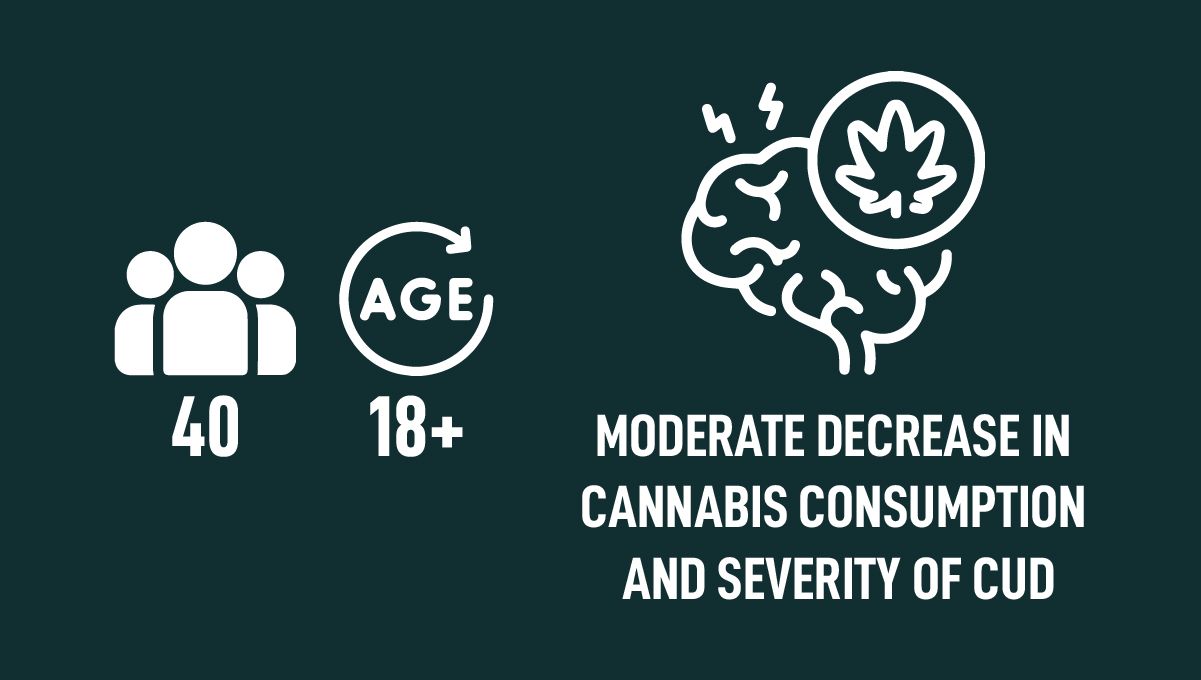
Research conducted in 2022 enrolled 40 participants (aged +18), diagnosed with moderate or severe cannabis use disorder while experiencing regular cannabis use alongside psychotic and/or mood disorder. The research comprised eight weekly 1-hour sessions in which clinical interviews, assessments of cannabis use severity (CUPIT test), and objective measurements of urinary THC concentration were conducted, with 3, 6, and 12-month follow-ups.
By November 2022, participants showed a moderate decrease in cannabis consumption and severity of CUD, moreover, the reductions persisted at follow-up assessments and quality of life showed an upward trend while psychotic symptoms significantly decreased. The promising results highlight a potential therapeutic use for individuals suffering from cannabis use disorder.
From anxiety disorders to PTSD (post-traumatic stress disorder) to chronic pain management to substance use disorder, cannabis-assisted VR therapies could offer a new approach to symptom relief and therapeutic intervention. By taking advantage of the immersive nature of virtual reality in combination with the anxiolytic, analgesic, and mood-regulating properties of cannabis, clinicians seek to optimize treatment and improve patient well-being. SUD (substance use disorder) and behavioral addictions present challenges that require comprehensive approaches, with the help of VR technology, researchers could potentially assess and treat these conditions.

Some studies have shown that HMDs (head-mounted devices) can help with addiction assessment and treatment. A review querying articles published up to March 2019 resulted in 37 articles categorized into two groups. Group 1- those focusing on cue response assessment and Group 2 - those addressing interventions. The review suggests that VR indeed could potentially benefit both the assessment and treatment of substance use disorder and addictions.
Considerations and Concerns
With everything said, it’s important to note that the combination and integration of cannabis and VR is far from a reality as research needs to consider the potential risks or limitations since we don’t know much about adverse reactions to cannabis, and still need to research and monitor patients to come up with safety protocols.
On top of that, legal issues surrounding cannabis, and the potential for dependence or misuse are currently affecting this type of research.
Conclusion
The combination of VR and cannabis consumption presents a positive, rich range of possibilities from recreational purposes to therapeutic innovation. While anecdotal evidence shows a bright horizon, further scientific research is needed for it to become a reality.
As the landscape evolves, it is imperative to approach the integration of cannabis and VR with caution to mitigate potential risks. Through research, open dialogue, and responsible engagement, we hope that cannabis-assisted VR becomes a useful tool for recreation, exploration, and healing.
External Resources
1. Virtual Reality-Based Digital Twins: A Case Study on Pharmaceutical Cannabis
2. Reactivity to Cannabis Cues in Virtual Reality Environments
4. Avatar Intervention for cannabis use disorder in patients with psychotic and mood disorders
5. Virtual Reality (VR) in Assessment and Treatment of Addictive Disorders: A Systematic Review











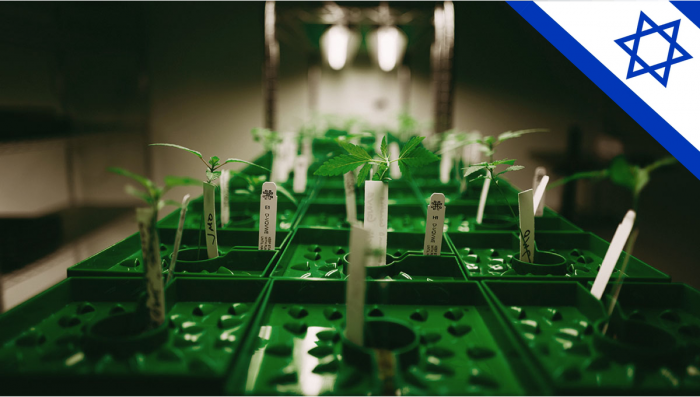
Comments